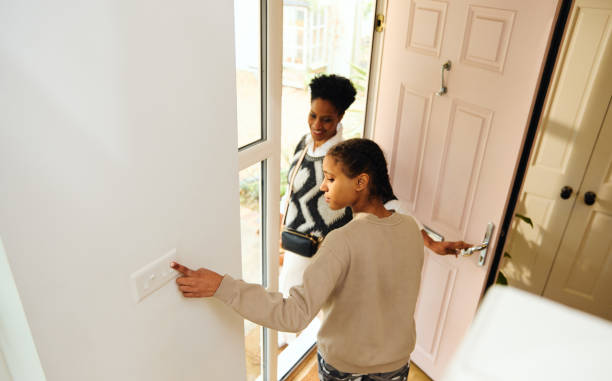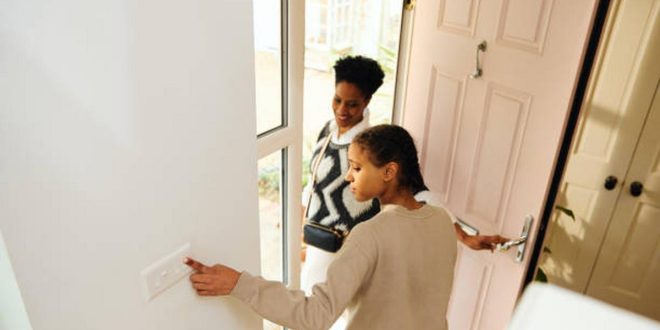
A common trope about electricity conservation is putting off lights conserve energy, but is this necessarily true?
Does turning off the lights help conserve electricity?
While turning off lights when they’re not in use is a good habit, switching to more efficient bulbs like LEDs can provide significantly greater energy savings, says researchers in an article published on Science Direct.
Using the right kind of bulb is key. If you are using an energy-saving bulb, there’s no need to constantly switch it on and off.
For example, a 100-watt incandescent bulb and a 14-watt LED bulb, both provide the same brightness.
If we need light for 2 hours out of 10, the LED uses 28 Wh while the incandescent uses 200 Wh during those 2 hours. Even if the LED is left on for the entire 10 hours (140 Wh), it still uses less energy than the total 800 Wh wasted by the incandescent bulb when left on for the remaining 8 hours.
This shows that switching to an LED bulb saves more energy than being vigilant about turning off an inefficient bulb, even when accounting for potential “accidental” use
While there might be specific situations where turning off lights is more effective, in most cases, replacing inefficient bulbs with LEDs is the more impactful energy-saving strategy
However, the best approach is to replace inefficient bulbs with LEDs and turn them off when not in use.
To ensure that you spend less money on electricity, you can:
Do an energy audit
Your electricity provider can send you a detailed summary of your energy usage, which can help you decide which appliances to turn off and which to leave on.
Use your air conditioner intermittently and get an air humidifier
Air conditioners consume a lot of energy, so using them intermittently and investing in an air humidifier can help reduce energy consumption.
A central air conditioner will however, typically use between 3000 and 3500 watts per hour. Portable units require between 2900 and 4100 watts per hour, whereas window units use between 900 and 1440 watts. Meanwhile, an air humidifier uses between 0.14 and 0.72 kWh of energy per 24 hours.
Turn off the refrigerator intermittently
If your refrigerator has reached a freezing point, you can put it off for one or two hours to save energy. The refigerator consumes a lot of energy. The power consumption of a home refrigerator can vary significantly, typically ranging from 350 to 780 watts.
Several factors influence this, including the size, brand and age of the appliance. Older refrigerators tend to be less energy-efficient than newer models. Features like ice dispensers and water filters further contribute to the overall power consumption.
Buy energy-efficient appliances
Many electronic companies are making their gadgets more energy-efficient, so consider replacing older appliances with newer, more efficient models.
Lastly, it’s important to note that cooking appliances like air fryers do not use a lot of electricity.
 Top Naija News – Nigeria News, Nigerian News & Top Stories Top Naija News – Nigerian Newspapers, Nigerian News. topnaijanews is a daily Nigerian newspaper covering Latest News, Breaking News, Entertainment, Sports, Lifestyle and Politics.
Top Naija News – Nigeria News, Nigerian News & Top Stories Top Naija News – Nigerian Newspapers, Nigerian News. topnaijanews is a daily Nigerian newspaper covering Latest News, Breaking News, Entertainment, Sports, Lifestyle and Politics.




